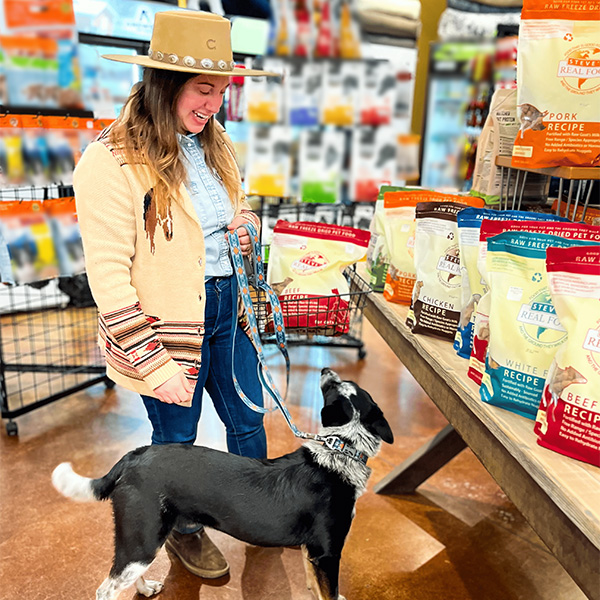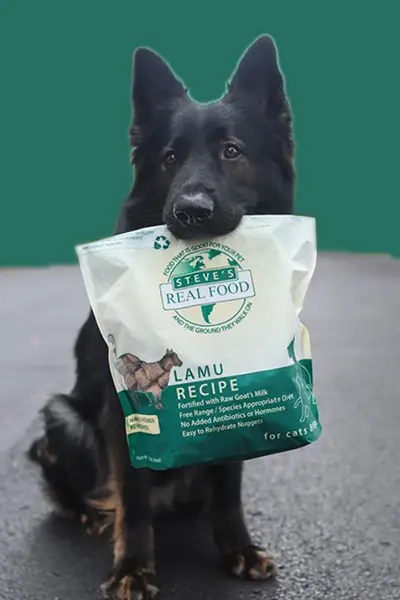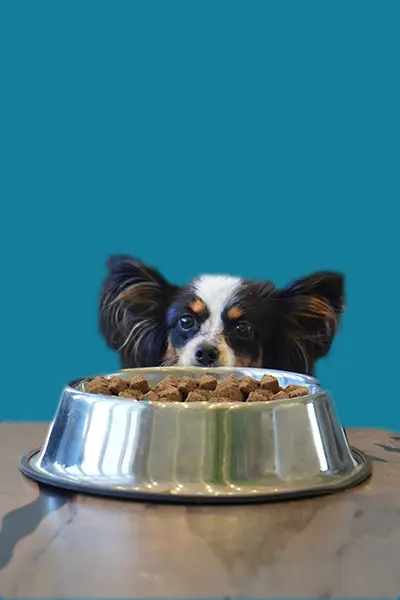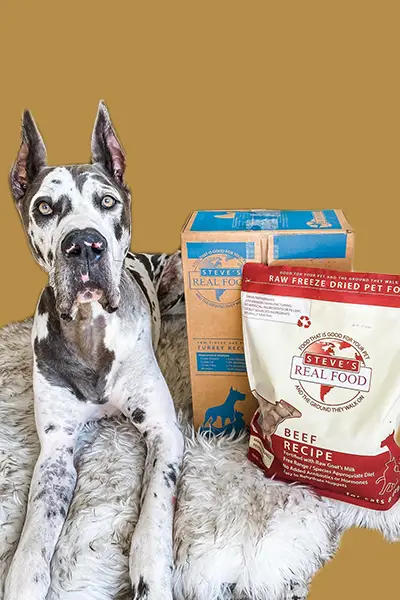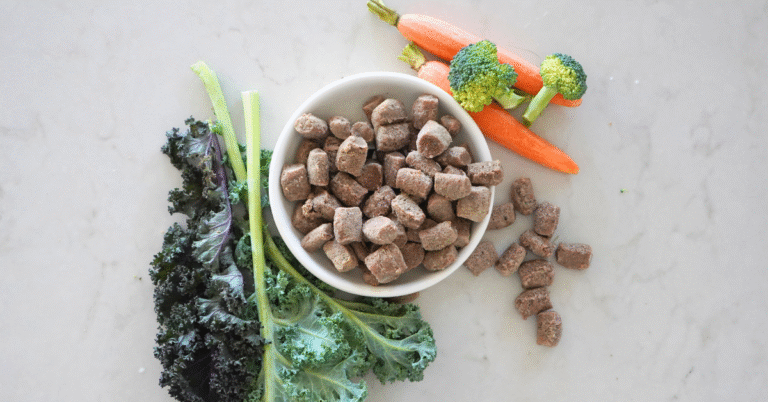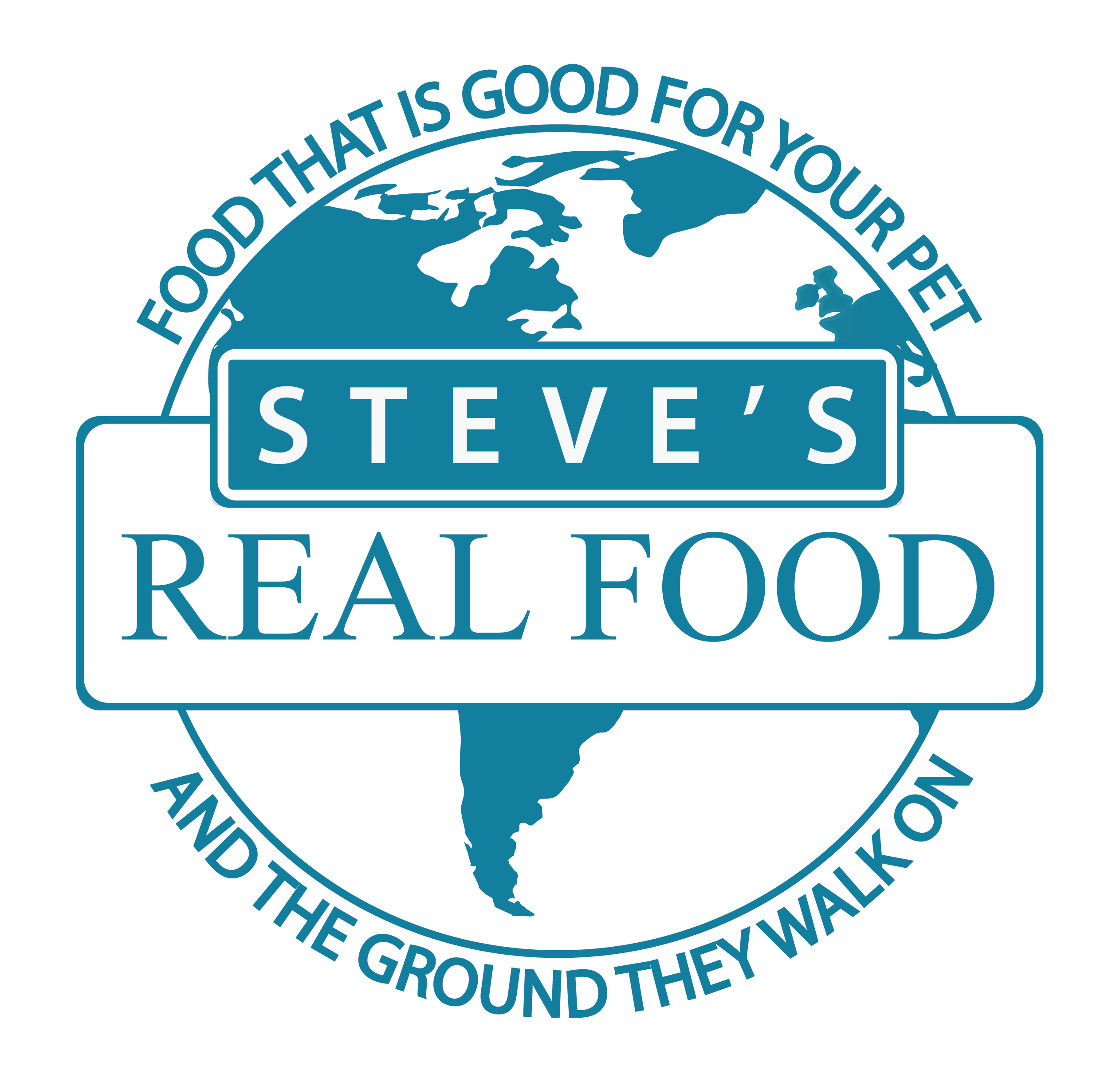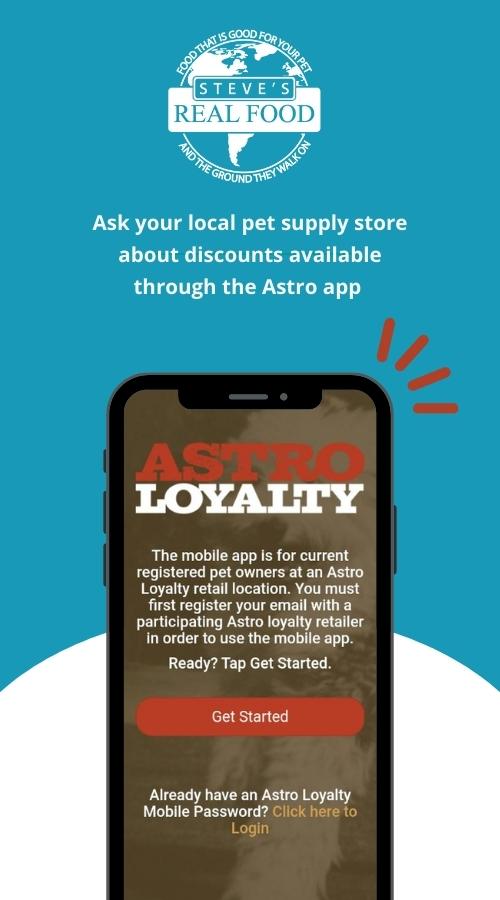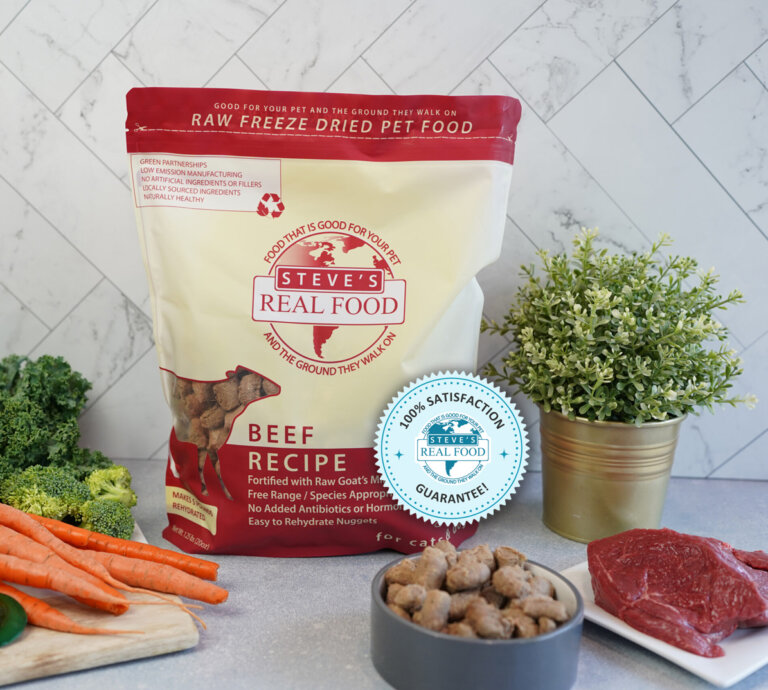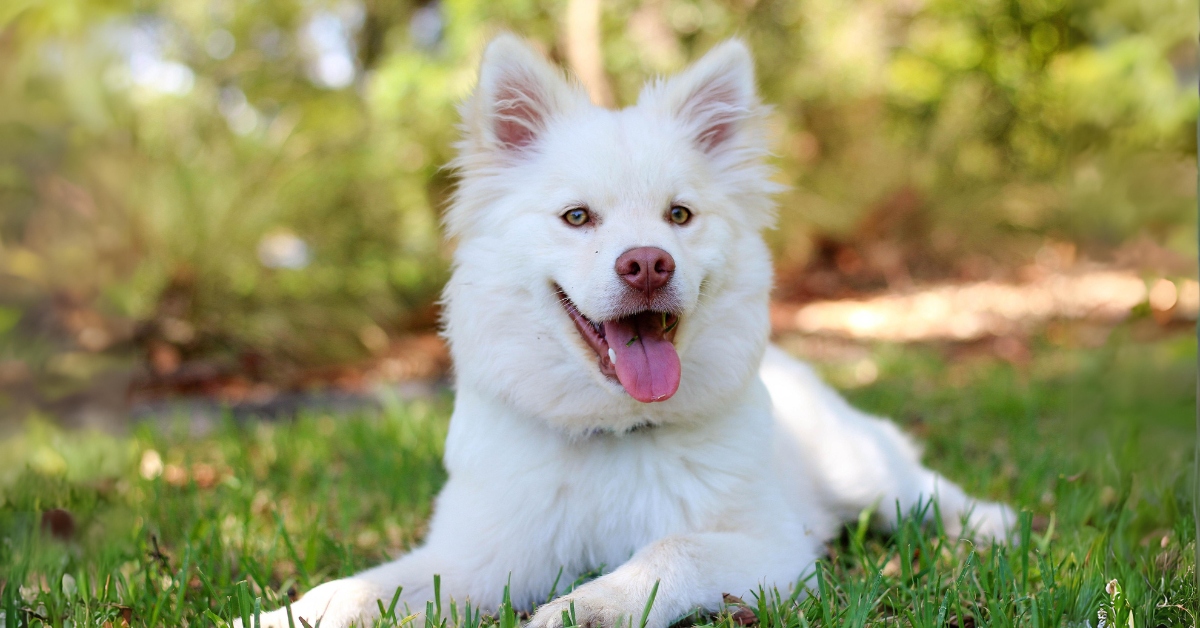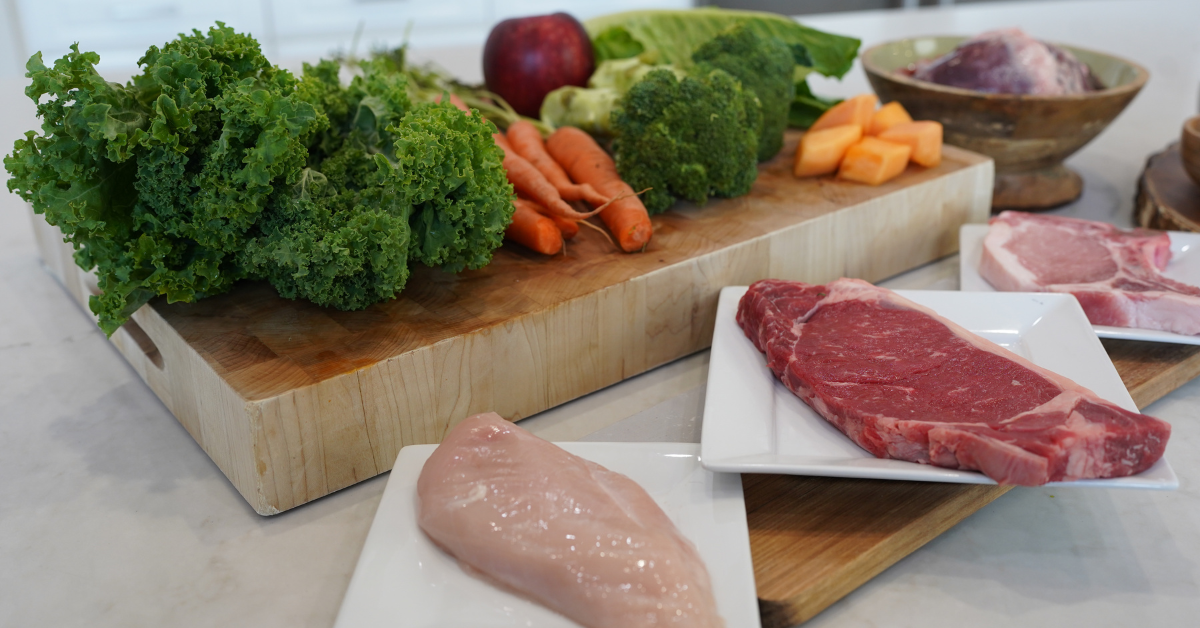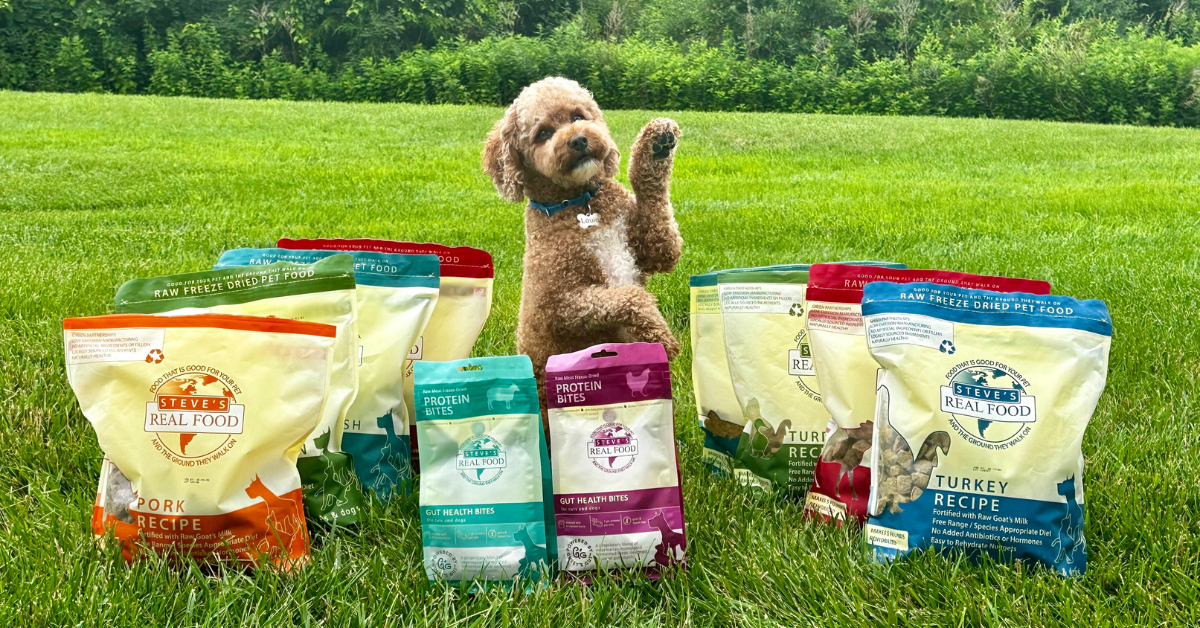There are many benefits to making the switch to raw food, but did you know that a raw diet plays a major role in your pet’s energy level?
How Dogs and Cats Get Their Energy
First off, it’s important to understand that cats and dogs obtain nearly all of their required energy from fat and protein. This differs from other animals and humans, who typically rely on carbohydrates for a high source of energy.
Note: It’s not actually “carbs” that provide energy, but glucose (which can also be obtained from fat and protein).
The Truth About Carbs for Dogs and Cats
Dogs and cats have a very limited ability to break down plant material and digest carbs, so they’re completely unnecessary to include in their diet from an energy standpoint (though the bioavailable nutrition provided from fruits and veggies is very important!). Have you ever heard of a carbohydrate deficiency in pets? That’s because dogs and cats don’t have an actual need for carbohydrates.
Why Carb Energy Falls Short
While it’s true that carbohydrates can provide a boost in energy for your pet, it’s also important to note the type of energy. Since carbohydrates are so easy to metabolize, the glucose both enters and leaves the bloodstream quickly. That fast burst of energy results in an energy low in a short period of time. This isn’t optimal for the body since glucose highs and lows can cause fatigue, dizziness, brain fog, irritability, and even cardiac symptoms. It also isn’t useful for times when energy needs to be sustained for any period of time, such as when exercising or training.
Fat and Protein: The Real Energy Powerhouses
When there are no available carbs, fat and/or protein are used as the source of glucose, and energy levels remain constant for a much longer period of time without resulting in a slump afterwards. Surprisingly, fat actually provides more energy per gram than carbs do, so they’re more effective in more ways than one!
Quick note: When we say “fat”, we are referring to animal fats specifically. Animal fats are a natural and healthy aspect of your pet’s diet, whereas plant-derived fats such as corn oil or canola oil are very difficult to digest and do not break down in the same way.
Raw Food and Sustained Energy for Pets
Because raw diets contain a very low level of carbohydrates (typically 2% or less), your pet’s body will get glucose from fat and protein. With all of this natural and sustainable food energy, you can expect your pet to be more focused when training, have more endurance when exercising, and keep a lean and trim physique!
Find a store near you using our Store Locator or buy online at RawPetFood.com, the official online store of Steve’s Real Food!
 Beef
Beef Chicken
Chicken Whitefish
Whitefish Pork
Pork Lamb
Lamb Turkey
Turkey Turducken
Turducken All Protein
All Protein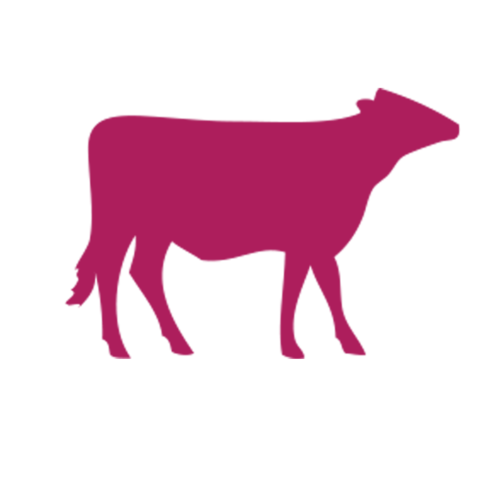 Beef
Beef Chicken
Chicken White Fish
White Fish Pork
Pork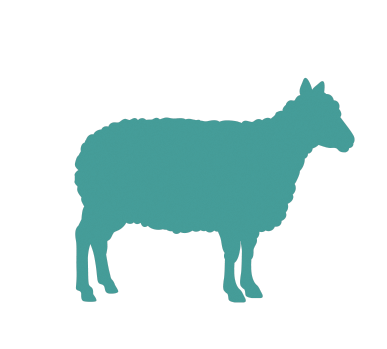 Lamb
Lamb Turkey
Turkey Duck
Duck All Products
All Products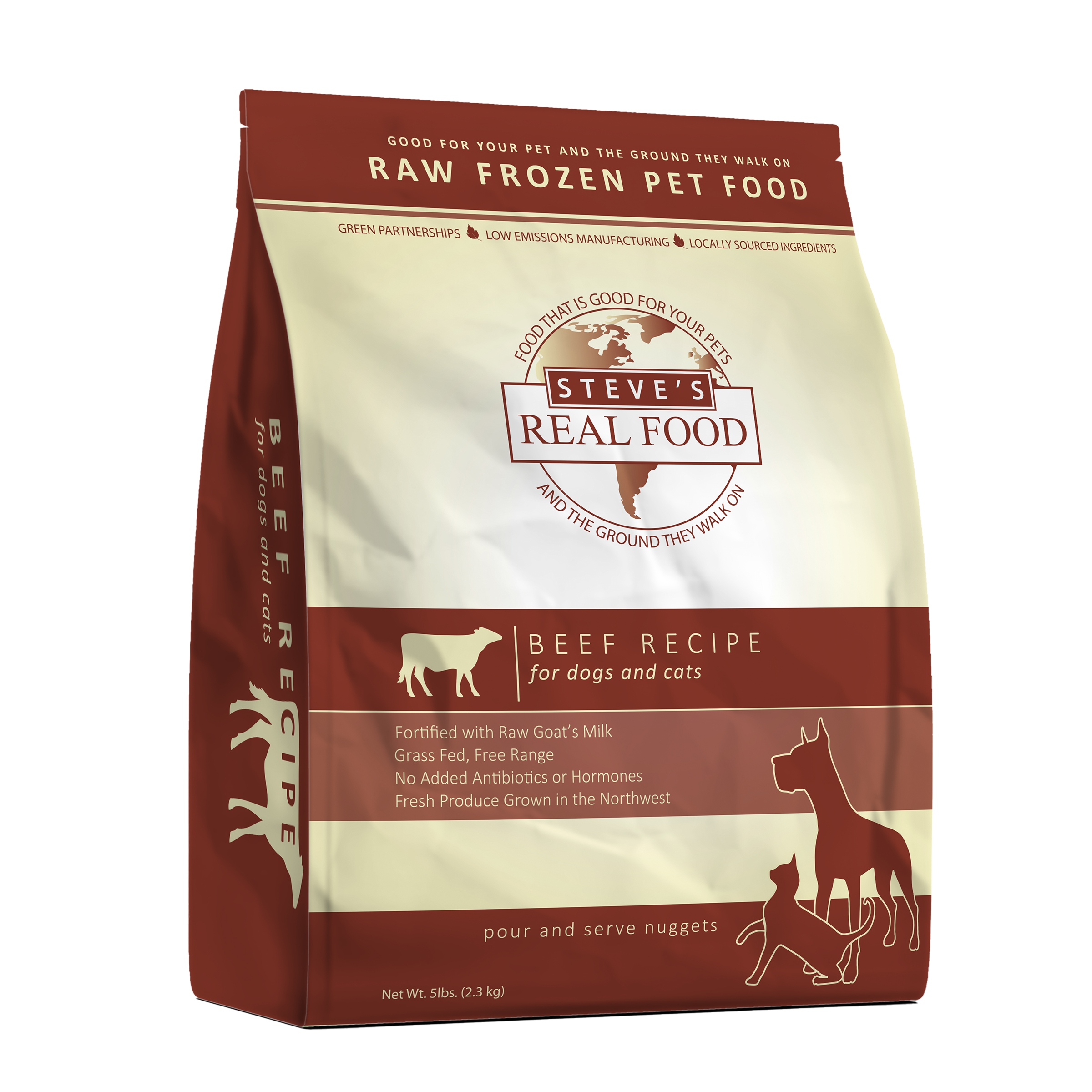 Frozen Raw Pet Food
Frozen Raw Pet Food
 Freeze Dried Raw Pet Food
Freeze Dried Raw Pet Food
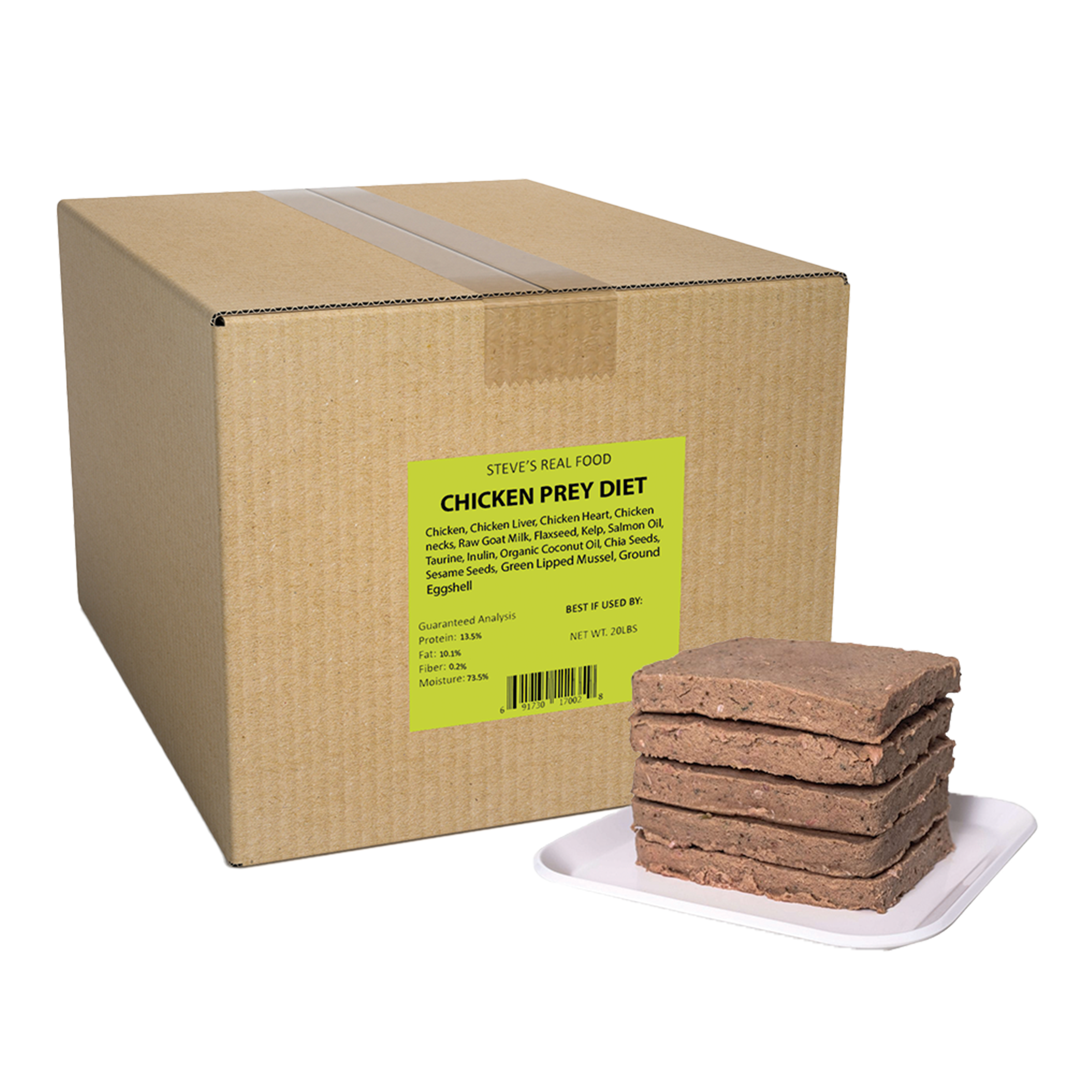 Frozen Prey Diet
Frozen Prey Diet
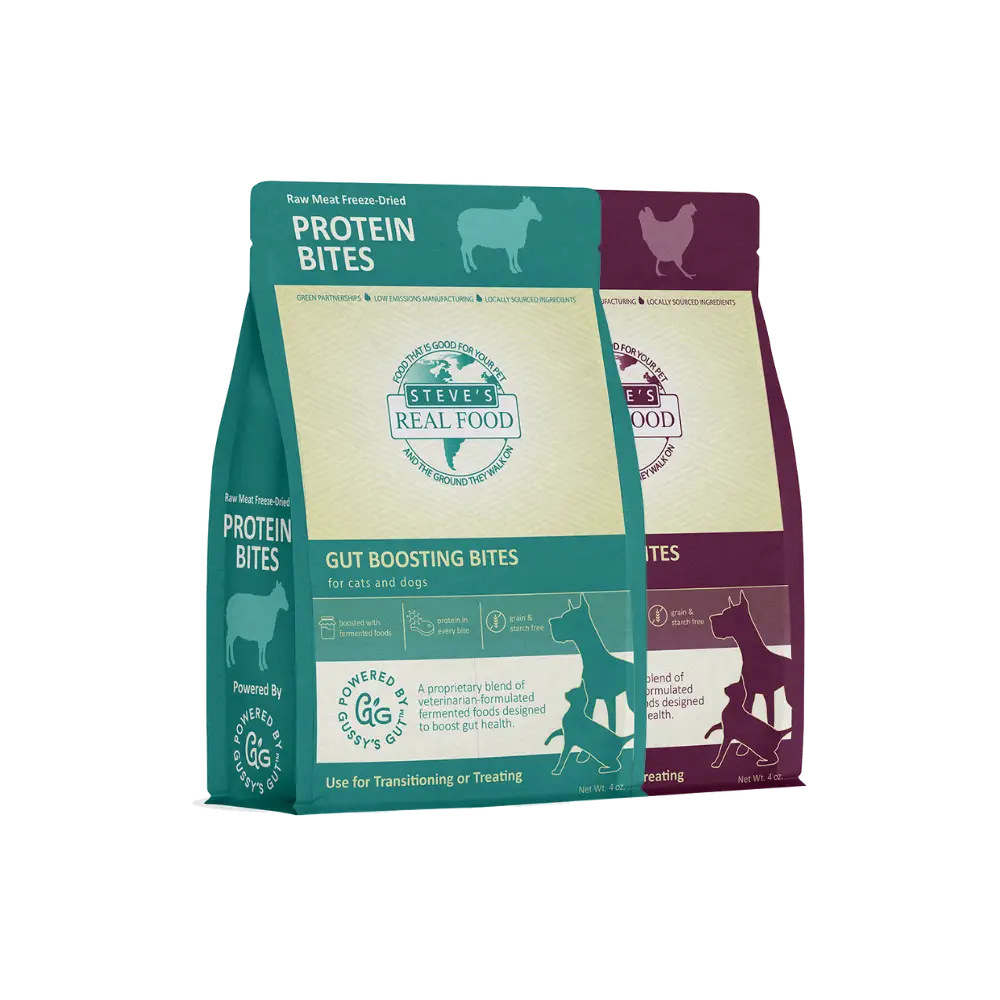 Freeze Dried Protein Bites
Freeze Dried Protein Bites
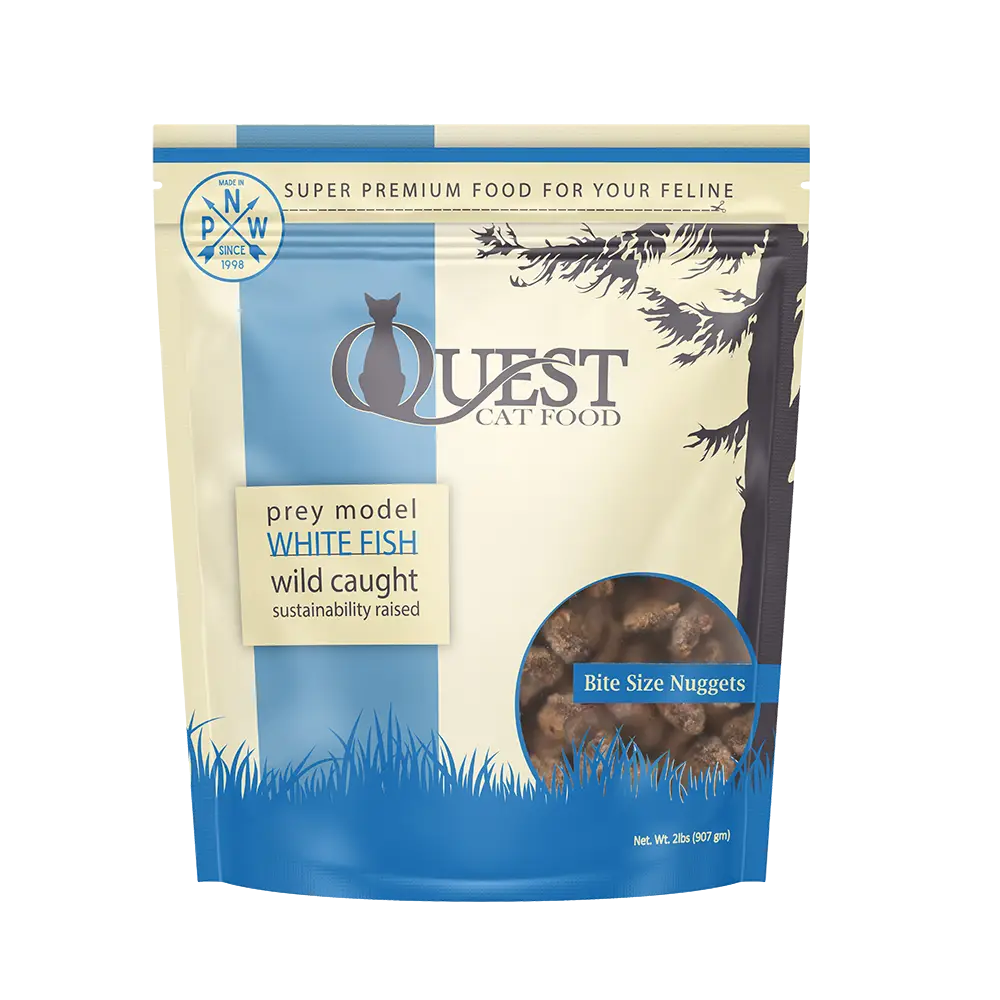 Frozen Quest
Frozen Quest
 Freeze Dried Quest
Freeze Dried Quest
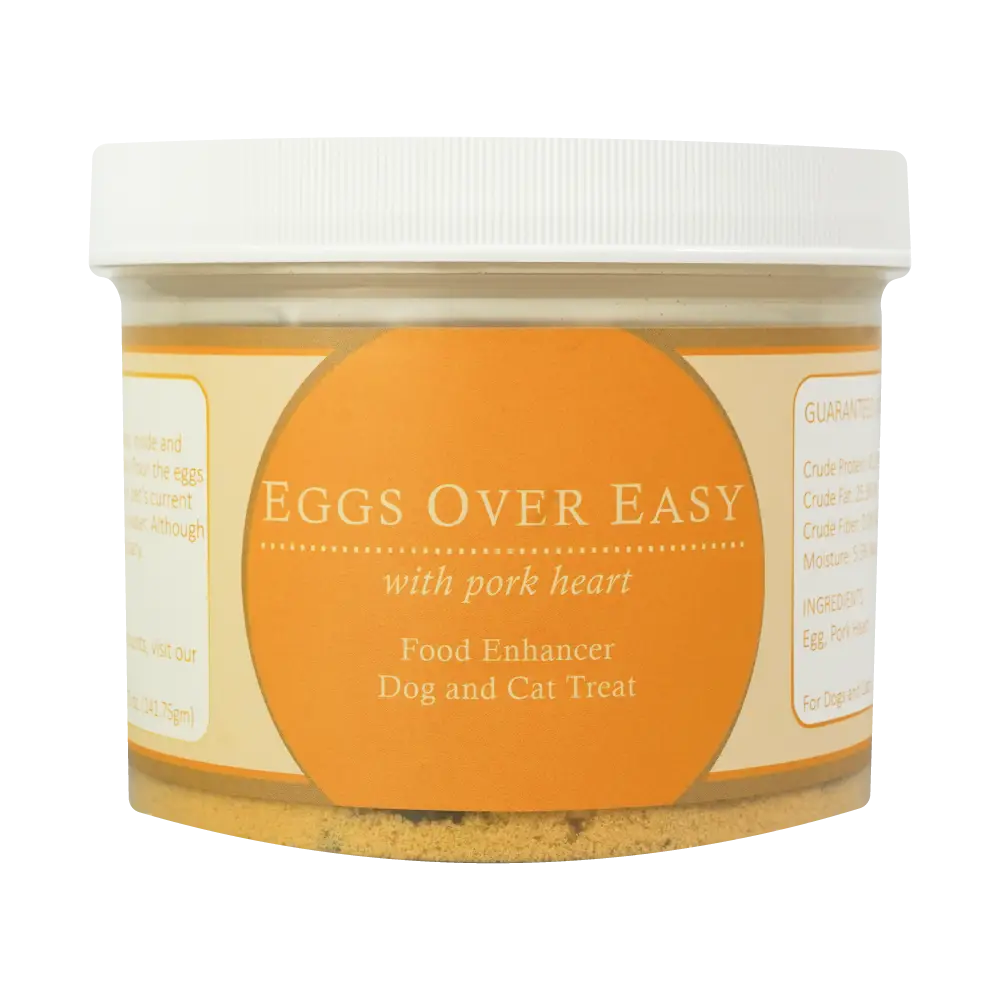 Eggs over Easy
Eggs over Easy
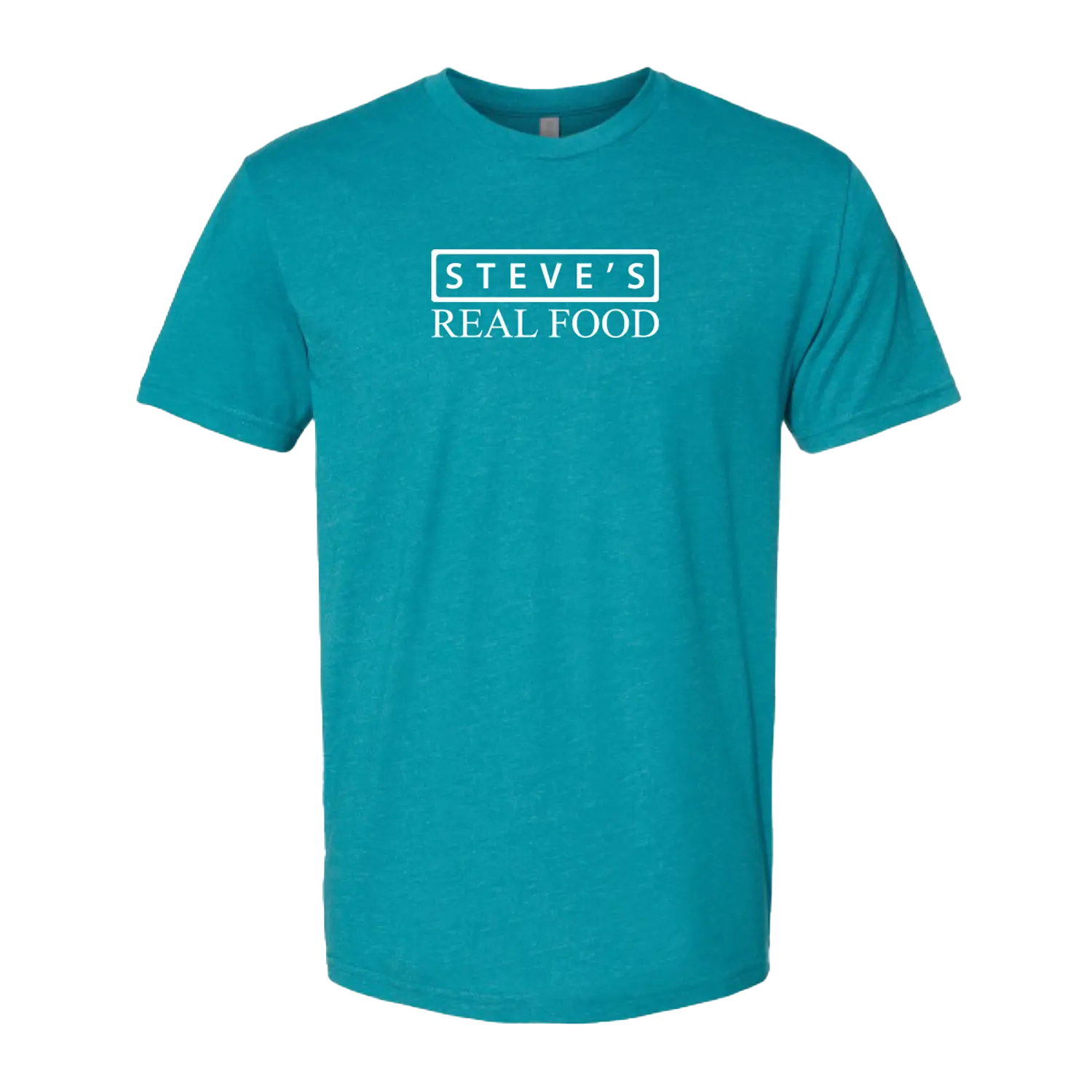 Steve's Merch
Steve's Merch 